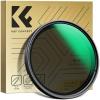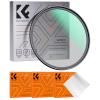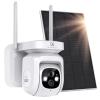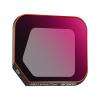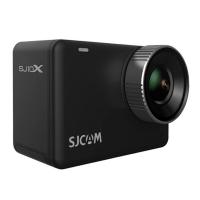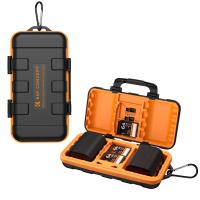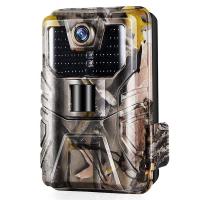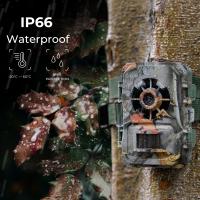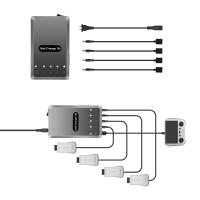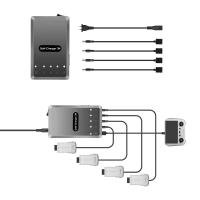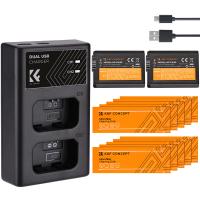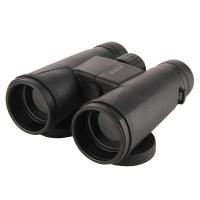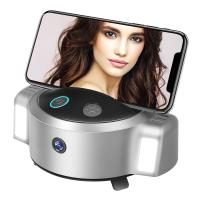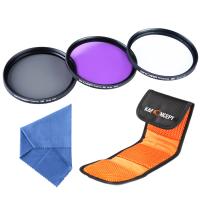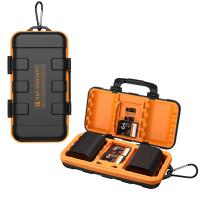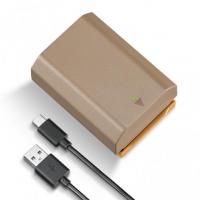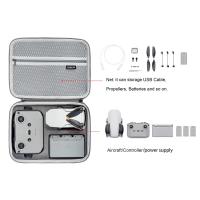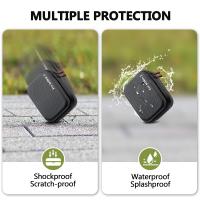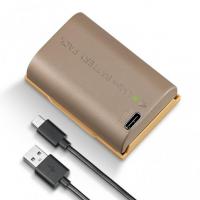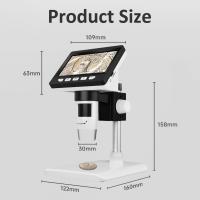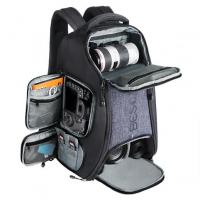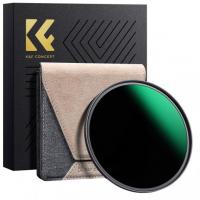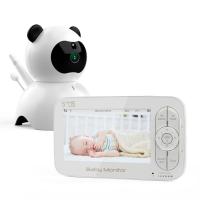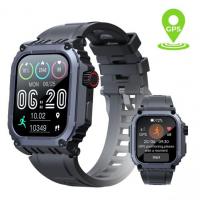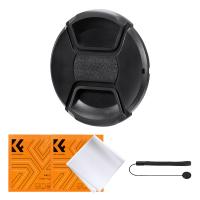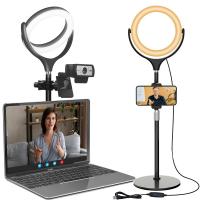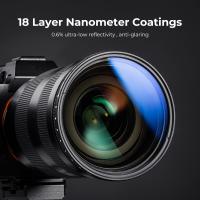Can You Fly With Camera Batteries?
When it comes to flying with camera batteries, many travelers, especially photographers and videographers, often find themselves in a quandary. The rules and regulations surrounding the transportation of batteries on airplanes can be confusing and vary depending on the type of battery, its capacity, and the airline's specific policies. This article aims to demystify the process and provide clear, practical advice for safely and legally flying with camera batteries.
Understanding Battery Types and Regulations
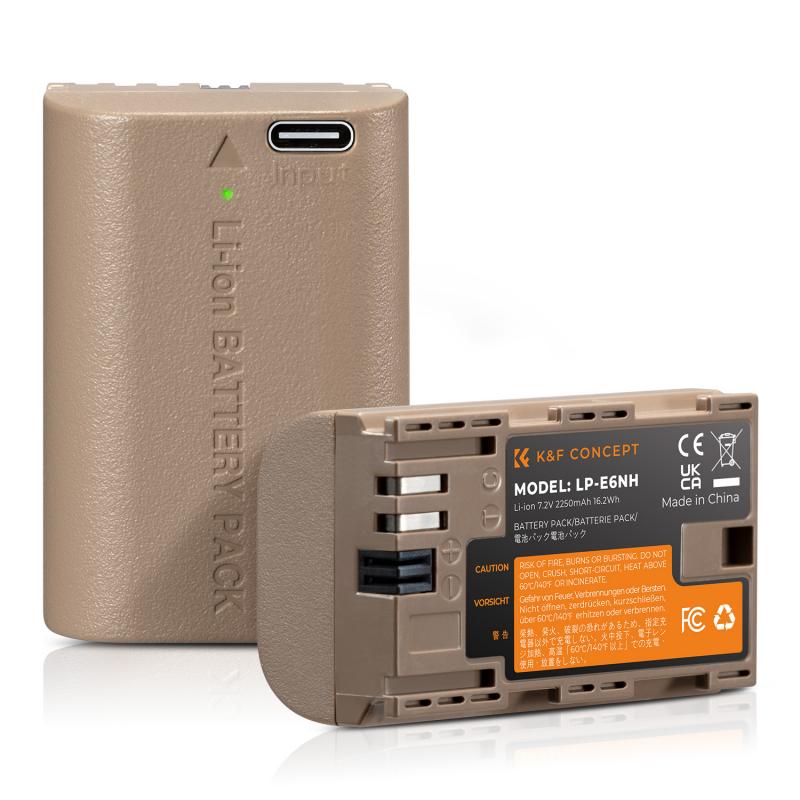
The first step in ensuring a smooth travel experience with camera batteries is understanding the different types of batteries and the regulations that apply to each. The most common types of batteries used in cameras are lithium-ion (Li-ion) and nickel-metal hydride (NiMH) batteries. Each type has specific guidelines for air travel.
Lithium-Ion Batteries
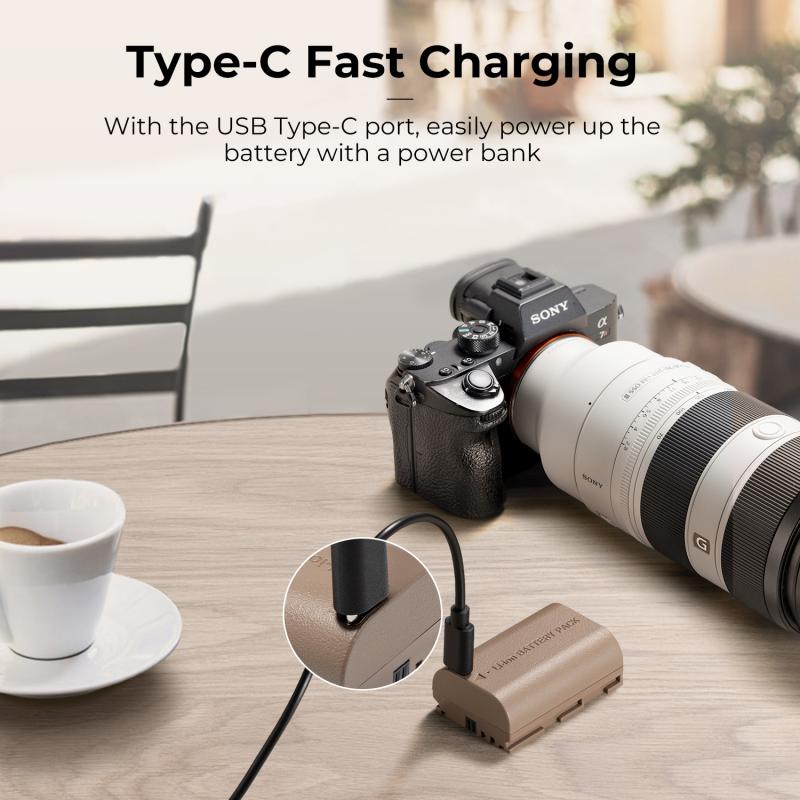
Lithium-ion batteries are the most prevalent in modern cameras due to their high energy density and long life. However, they are also subject to stricter regulations because of their potential fire risk. The International Air Transport Association (IATA) and the Federal Aviation Administration (FAA) have set forth guidelines for carrying lithium-ion batteries on flights.
1. Capacity Limits: Lithium-ion batteries are categorized based on their watt-hour (Wh) rating. Batteries with a capacity of up to 100 Wh can be carried in both carry-on and checked baggage. For batteries between 100 Wh and 160 Wh, you are allowed to carry up to two spare batteries in your carry-on luggage, but they are not permitted in checked baggage. Batteries over 160 Wh require special arrangements and are generally not allowed on passenger aircraft.
2. Spare Batteries: Spare lithium-ion batteries must be carried in your carry-on luggage. They should be individually protected to prevent short circuits, which can be achieved by keeping them in their original packaging, using battery cases, or taping over the terminals.
3. Device Batteries: Batteries installed in devices such as cameras, laptops, and smartphones can be carried in both carry-on and checked baggage. However, it is recommended to keep them in your carry-on to avoid potential damage or loss.
Nickel-Metal Hydride Batteries

NiMH batteries are less common but still used in some camera equipment. These batteries are generally considered safer and are subject to fewer restrictions. They can be carried in both carry-on and checked baggage without specific quantity limits. However, it is still advisable to carry them in your carry-on luggage to prevent any potential issues.
Practical Tips for Flying with Camera Batteries
Now that we have a clear understanding of the regulations, let's delve into some practical tips to ensure a hassle-free experience when flying with camera batteries.
1. Check Airline Policies
While IATA and FAA guidelines provide a general framework, individual airlines may have their own specific policies regarding battery transportation. Always check with your airline before your flight to ensure compliance with their rules. This can usually be done by visiting the airline's website or contacting their customer service.
2. Use Battery Cases
Investing in battery cases is a wise decision for any photographer or videographer. These cases not only protect your batteries from physical damage but also prevent short circuits by keeping the terminals covered. There are various types of battery cases available, from simple plastic holders to more robust, padded cases.
3. Label Your Batteries
Labeling your batteries with their capacity (in Wh) can save you time and hassle at security checkpoints. Security personnel may need to verify the capacity of your batteries, and having this information readily available can expedite the process.
4. Discharge Batteries
If possible, discharge your batteries to around 30-50% of their capacity before flying. Fully charged batteries pose a higher risk of combustion, and partially discharging them can reduce this risk. Many airlines recommend this practice, especially for spare batteries.
5. Keep Batteries Accessible
When packing your carry-on luggage, ensure that your batteries are easily accessible. Security personnel may need to inspect them, and having them buried deep in your bag can cause delays. Place them in an outer pocket or at the top of your bag for easy access.
6. Follow Security Procedures
Be prepared to follow all security procedures at the airport. This may include removing batteries from your bag for inspection or demonstrating that devices powered by these batteries can be turned on. Cooperating with security personnel and adhering to their instructions will help ensure a smooth process.
Addressing Common Concerns
Despite understanding the regulations and following best practices, travelers often have specific concerns about flying with camera batteries. Let's address some of the most common questions.
Can I Bring a Power Bank?
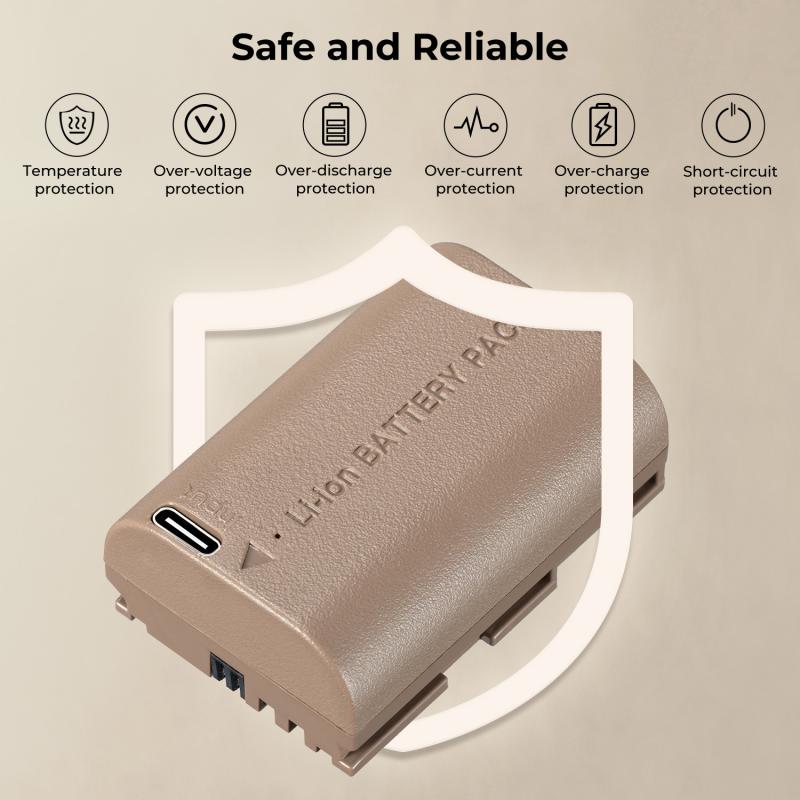
Power banks, which are essentially lithium-ion batteries, are subject to the same regulations as other lithium-ion batteries. They must be carried in your carry-on luggage, and the capacity limits (100 Wh and 160 Wh) apply. Most power banks will fall under the 100 Wh limit, but it's essential to check the capacity before flying.
What If My Battery Is Over 160 Wh?
Batteries with a capacity over 160 Wh are generally not allowed on passenger aircraft. If you need to transport such batteries, you will need to make special arrangements, such as shipping them via a cargo service that can handle hazardous materials. Always consult with the airline and shipping service for specific guidelines.
Are There Any Exceptions for Professional Equipment?
Some airlines may have exceptions for professional equipment, especially for media personnel traveling for work. If you are a professional photographer or videographer, it is worth inquiring with the airline about any special provisions or documentation that may be required.
Flying with camera batteries doesn't have to be a daunting task. By understanding the regulations, preparing adequately, and following best practices, you can ensure a smooth and hassle-free travel experience. Always check with your airline for specific policies, use protective cases, label your batteries, and keep them accessible during security checks. By taking these steps, you can focus on capturing stunning images and videos without worrying about battery-related issues during your travels. Safe flying and happy shooting!

